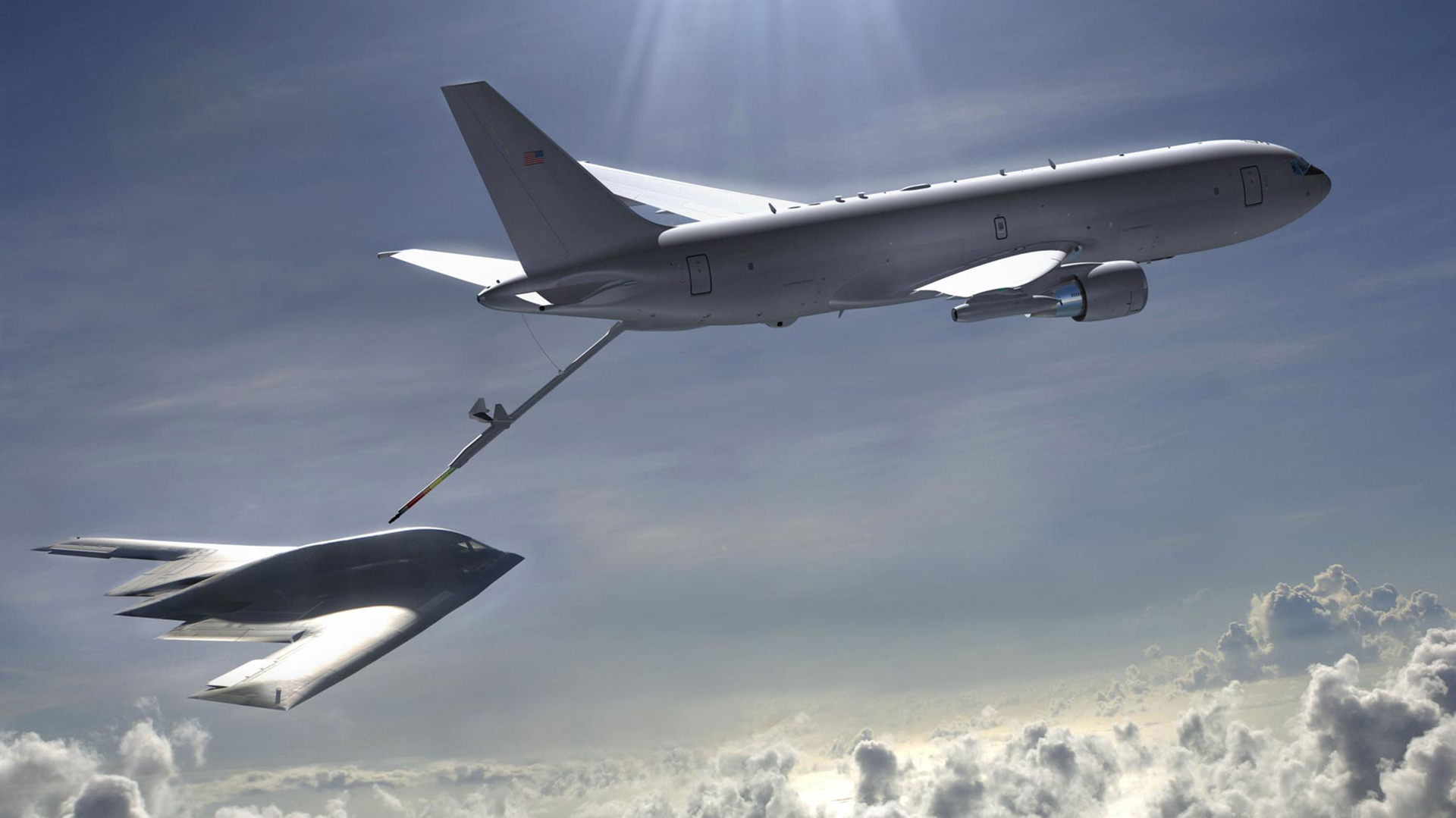The Defense Advanced Research Projects Agency, or DARPA, the Pentagon’s emerging technologies specialist, is looking into outfitting aerial refueling tankers as “Airborne Energy Wells” to recharge battery-powered drones. The agency has put out a request to industry players as it seeks information on the feasibility of using modified manned tanker aircraft to wirelessly transmit power, via laser beams, to unmanned aerial vehicles, in what could be a potentially ground-breaking development.
DARPA recently published a request for information (RFI) that calls for industry feedback on the proposal to outfit the Air Force’s existing KC-135 and KC-46 Pegasus tankers with “an underwing power beaming pod,” although it doesn’t rule out other options, too.
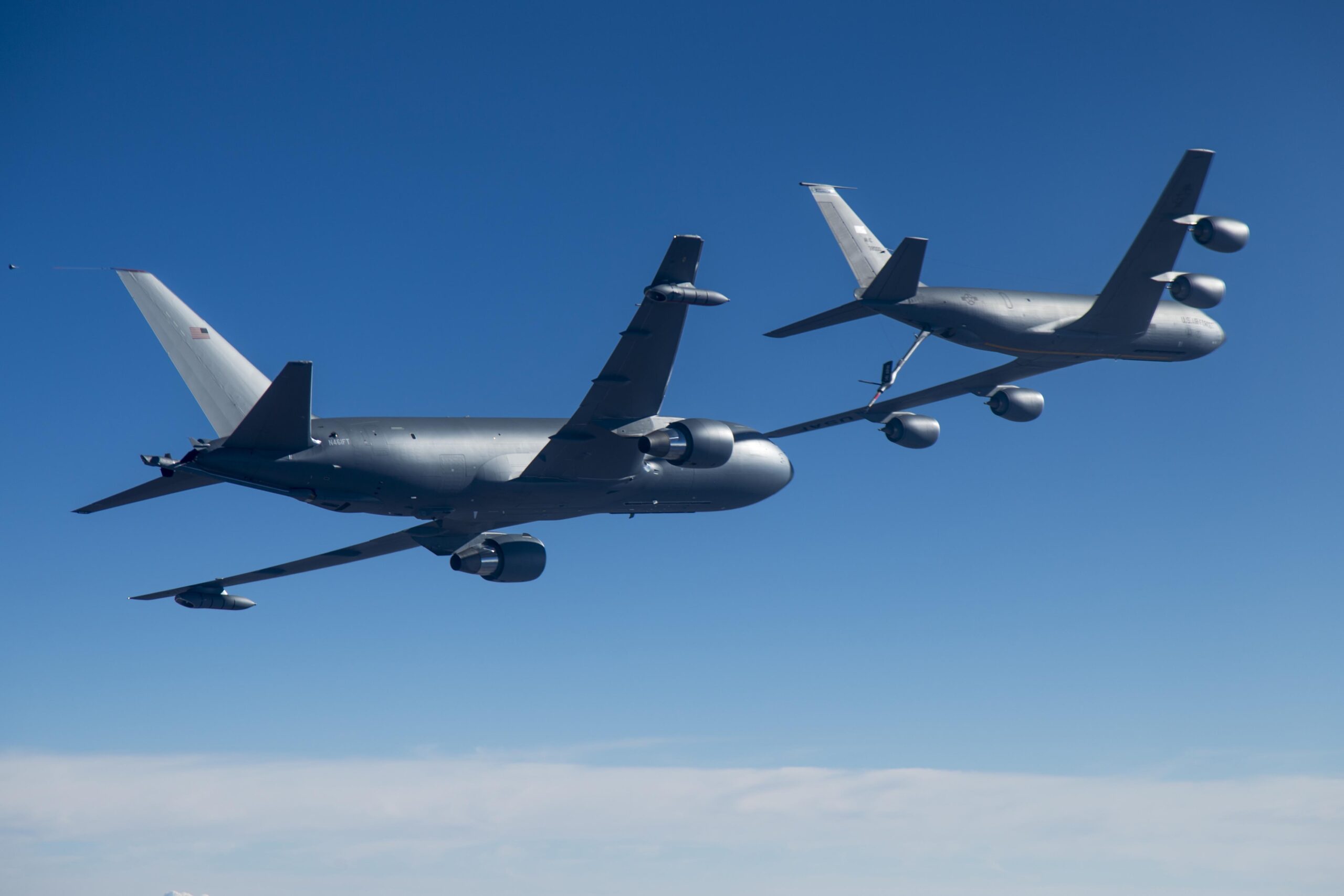
Such a pod would be required to contain a continuous-wave laser generating at least 100 kilowatts, and there’s a requirement for a thermal control unit that integrates the laser into the tanker. The solution would also be expected to provide beam forming and steering of the laser energy “covering a nearly hemispherical field of regard,” to ensure the power gets to where it’s needed.
There is also a requirement to find out more about ways of generating the power to start with, aboard the tanker, using either existing or new equipment.
More broadly, the RFI also wants to know from firms whether they consider themselves able to build and test the required components and subsystems for the Airborne Energy Well, as well as to adapt existing hardware. The deadline for submissions is July 11.
As the primary driver behind the Airborne Energy Well initiative, the RFI outlines the need for UAVs to be able to fly further and for longer, replicating the advantages conventional tanker aircraft provide to the manned fleet. In turn, the drones would be able to have reduced organic energy storage, allowing them to carry more weapons or sensors, for example, or they would just benefit from extended endurance without having to land. The all-electric drones that are in line to benefit from Airborne Energy Wells currently tend to be relatively small in size. However, larger UAVs are increasingly on the agenda and having the ability to top up battery cells while airborne could help address the problems of endurance that relate to electric drones.
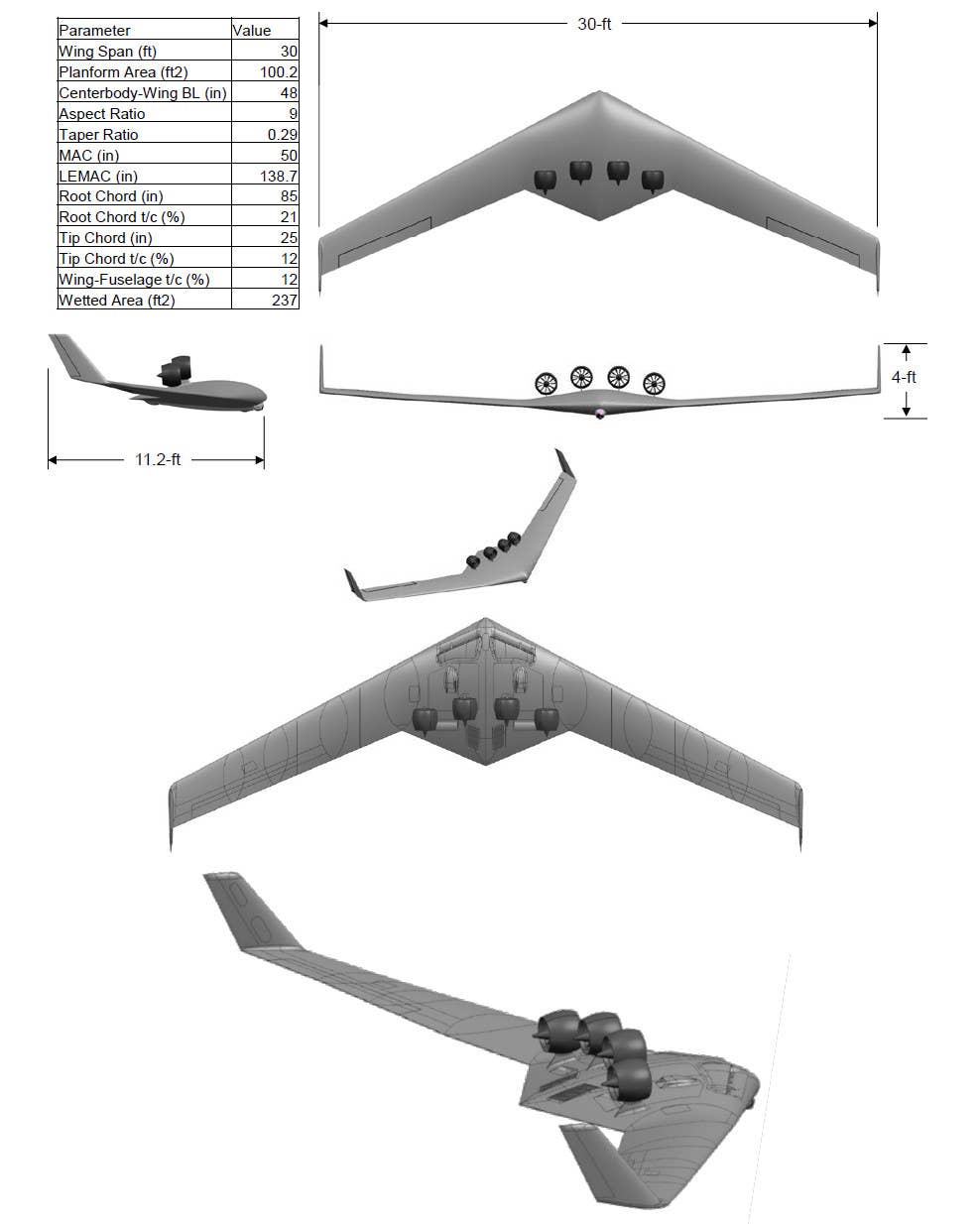
In the short term, the Airborne Energy Well likely wouldn’t need to recharge large aircraft, but over time larger and more complex types — both manned and unmanned — are set to become battery-powered. Meanwhile, both DARPA and the Air Force are increasingly interested in the potential of electric vertical take-off and landing (eVTOL) designs, which will also continue to evolve and grow in size as batteries become smaller and more efficient.
NASA’s X-57 project is the agency’s first all-electric experimental aircraft, intended to demonstrate the benefits of electric propulsion for aviation:

Of course, the Airborne Energy Well would also require drones that were compatible, with some means of receiving the directed energy generated by the tanker. There are other potentially significant hurdles, too, including the effects of atmospheric interference from clouds and precipitation on laser-beamed power.
With all this in mind, very high and slow-flying aircraft that run on electricity and fly for very long durations, standing in for communications satellites or carrying a sensor high aloft, might be the best ‘customer’ for this concept. It would also mean the power is beamed up, through thinner atmosphere with less weather, than down, greatly reducing a major technological hurdle of such a concept.
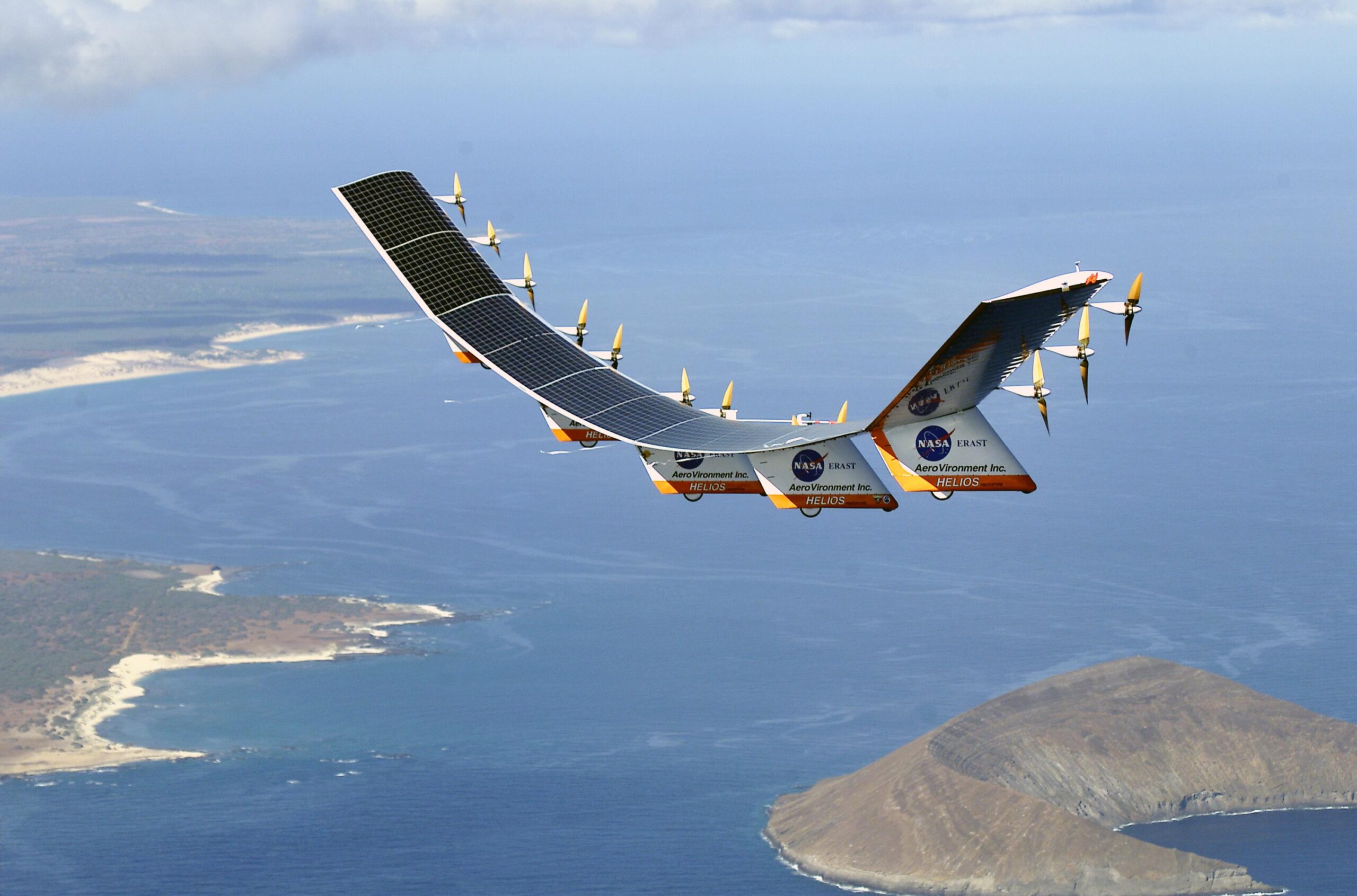
Still, major challenges beyond beam propagation and atmospheric distortion exist, including major thermal issues, as well as size and weight ones for both sender and receiver, just to name a few. These are not unique only to this concept. You can read all about the realities and myths surrounding directed energy military applications today in this past feature of ours.
Ultimately, however, if the provider and receiver subsystems could be perfected, then the Airborne Energy Well could become part of a much bigger and more ambitious energy-transfer network, DARPA suggests.
“Responses to this RFI will be used to inform and explore future programs that advance the ability of airborne assets to dynamically move energy across a network of aircraft equipped with energy beaming and receiving technologies,” the RFI states. “This Airborne Energy Well is a potential component of a more expansive energy web of power generation, transfer relays, and receiving solutions, enabling the Department of Defense to dynamically allocate energy resources to more flexibly deliver military effects.”
While the RFI specifies potential incorporation for in-service tankers, there’s no reason why the same technologies couldn’t, in the future, be inserted into other manned and unmanned platforms, too. Indeed, drones are also now poised to start flying conventional refueling missions, and larger ones might also be able to recharge their battery-powered counterparts. Certain future manned aircraft are likely to also be offered in unmanned or optionally piloted versions, too, and these could well lend themselves to becoming ‘recharging stations’ for other UAVs.
Furthermore, such technologies could also start to provide additional energy for aircraft equipped with systems, like lasers, which consume enormous amounts of power. In this way, the Airborne Energy Well, or similar, could have uses beyond recharging for propulsion of electric aircraft.
DARPA notes that, while commercial enterprises began adopting wireless energy transfer some time ago, for certain applications, the military, in general, has been slow on the uptake.
Nevertheless, the Pentagon has at least been looking at the potential of this kind of technology for a while.
Back in 2011, the Air Force Research Laboratory’s Revolutionary Munitions Directorate funded NASA research on laser power-beaming systems. Foreshadowing the Airborne Energy Well, this study looked at “long-range optical ‘refueling’ of electric platforms such as micro unmanned aerial vehicles (MUAV).”
Another relevant precursor to the latest DARPA study can be found in 2014 when the NRL published a paper outlining the potential of plasma physics and pulsed power for military applications. In that paper, Thomas Mehlhorn, superintendent of the NRL’s Plasma Physics Division, wrote:
“Building upon the concept of scalability, rather than using a laser beam to kill a UAV, they began to pursue the idea of beaming power to a UAV to allow continuous flight, with potential application to both surveillance [Intelligence, Surveillance, and Reconnaissance (ISR)] and countermeasure missions. The team has pursued this idea using NRL applied research funds with the vision that long-range laser power beaming to UAVs could allow for long-duration flights with reduced manpower requirements for many Navy and DoD missions, including off-board decoys, persistent surveillance, and communication relays.”
Two years later, the Navy issued a patent for a system that would transmit power to long-endurance unmanned aircraft. That system was pioneered by Dr. Paul Jaffe, an electronics engineer with the U.S. Naval Research Laboratory (NRL).
Then, in 2019, the NRL conducted a three-day-long demonstration of the Navy’s then-latest power-beaming capabilities. “If you have an electric drone that can fly more than an hour, you’re doing pretty well,” Jaffe said at the time. “If we had a way to keep those drones and UAVs flying indefinitely, that would have really far-reaching implications. With power beaming, we have a path toward being able to do that.”
The three-day-long power-beaming demonstration at the David Taylor Model Basin at the Naval Surface Warfare Center in Bethesda, Maryland, in 2019:

It’s noteworthy, however, that the NRL’s 2019 test involved a 2-kilowatt laser that transmitted energy over a distance of around 300 meters. DARPA is now looking at a system with 50 times as much power and far greater transmission distances while both objects are in motion.
DARPA, for its part, has also previously engaged with the topic. A power-beaming roundtable organized by the agency in 2015 was followed in 2018 by a demonstration of a laser-powered aircraft, the Silent Falcon. This was intended to “demonstrate that remote electric refueling of DoD systems via high-energy laser power beaming to extend mission operation time in contested and remote environments.”
Now, DARPA says, “Multiple technologies related to wireless energy transfer are being researched and developed to sustain the operations of unmanned aerial systems.”
Using existing tanker aircraft as the platform for the Airborne Energy Well is logical in the sense that they already primarily serve to increase the endurance of manned aircraft. However, this role could add to what’s already an expanding mission roster for the tanker fleet, including serving as a communications node for other platforms. This is also at a time when the survivability of tankers close to contested airspace is a growing concern.
As well as the Roll-On Beyond Line-of-Sight Enhancement (ROBE) for a portion of the KC-135 fleet, there are plans for tankers to provide a battle-management function for armed drones, under the Real-Time Information in the Cockpit (RTIC) initiative, something that The War Zone has examined in the past. With the tanker fleet already hard-pressed to meet requirements, especially as KC-135s and KC-10s are retired, increasing the burden on these precious assets is unlikely to help ease these pressures.
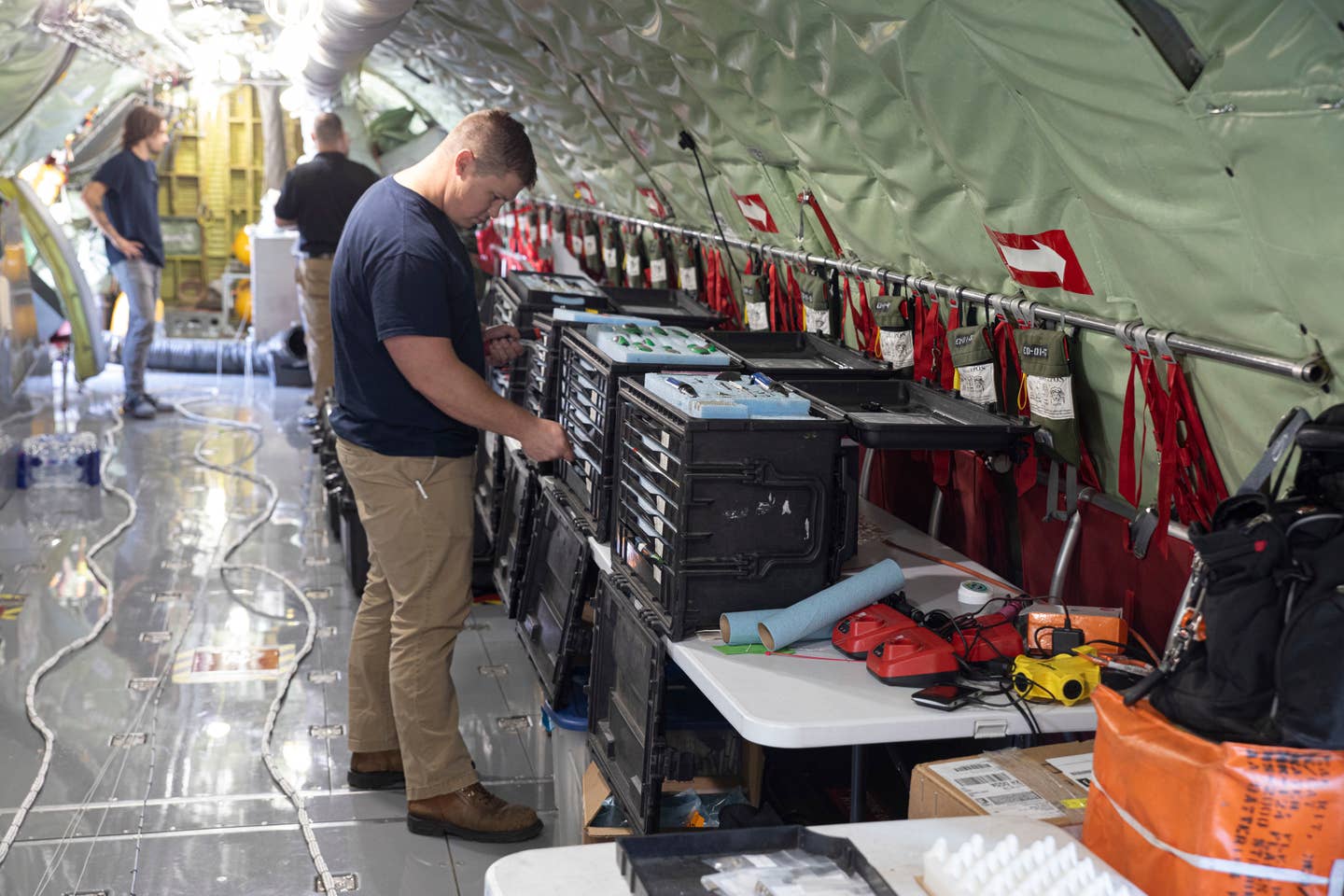
Beyond this, however, it’s clear that remote power generation has enormous potential implications, especially in the realm of long-endurance unmanned aircraft, as well as in space; indeed, the secretive X-37B spaceplane has also been involved in power-beaming tests, demonstrating how interest in this technology is gathering pace. It’s possible that a constellation of satellites could beam power down to drones in the future, as well. You can read our exclusive interview with the lead scientist on the X-37B power beaming program here.
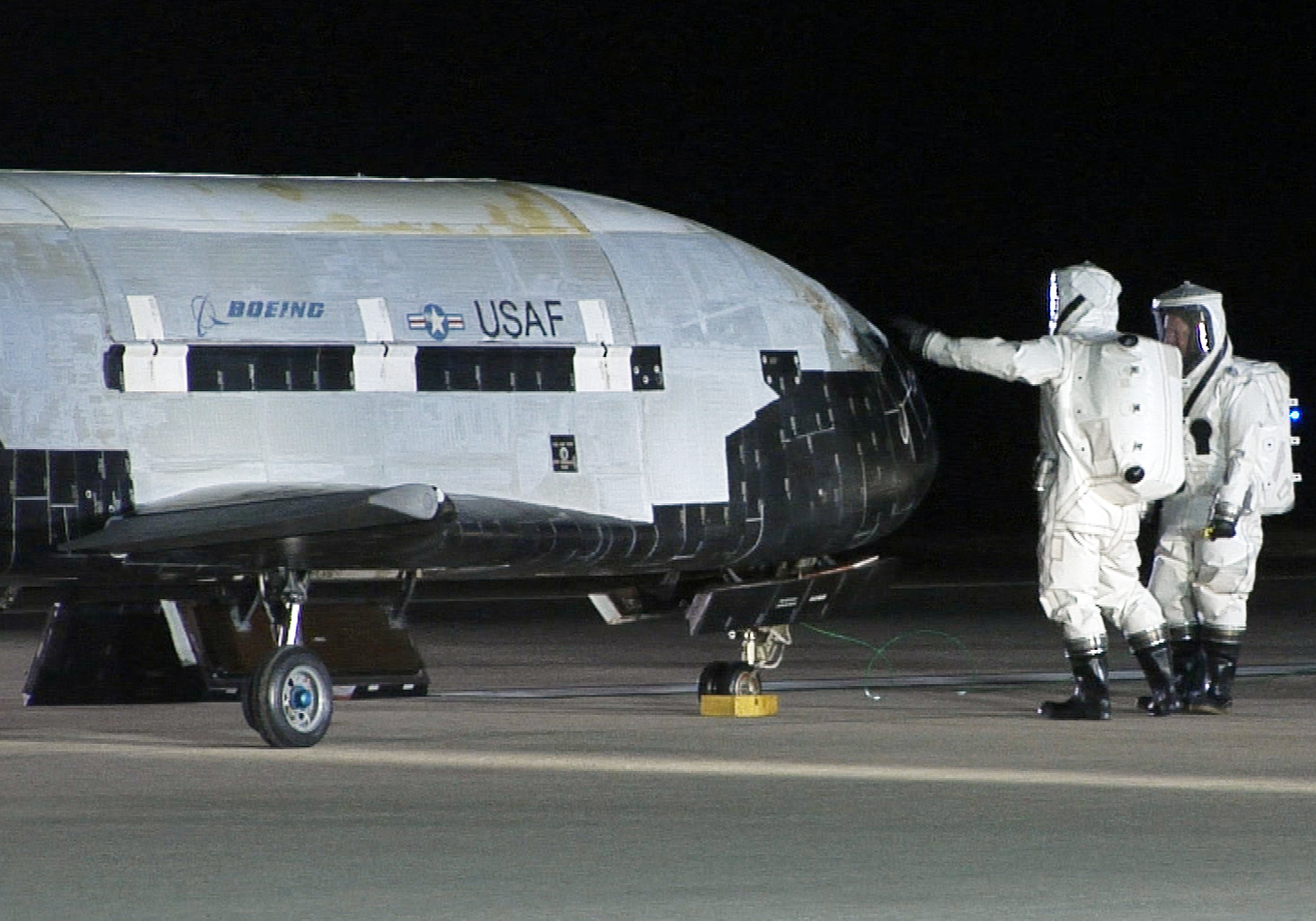
Beyond these airborne and space-based functions, this same kind of technology could eventually also change the way that remote military bases on land receive their energy or be used to power autonomous ships at sea.
With that in mind, the Airborne Energy Well could be just the start of something much more wide-ranging and truly revolutionary, perhaps even opening the way to unlocking the dream of essentially unlimited endurance for flying vehicles. Still, while that may be the dream, there are absolutely massive technological hurdles to overcome even to get this to work on its most basic level, but exploring the concept and its feasibility is what this DARPA program is all about.
Contact the author: thomas@thedrive.com
